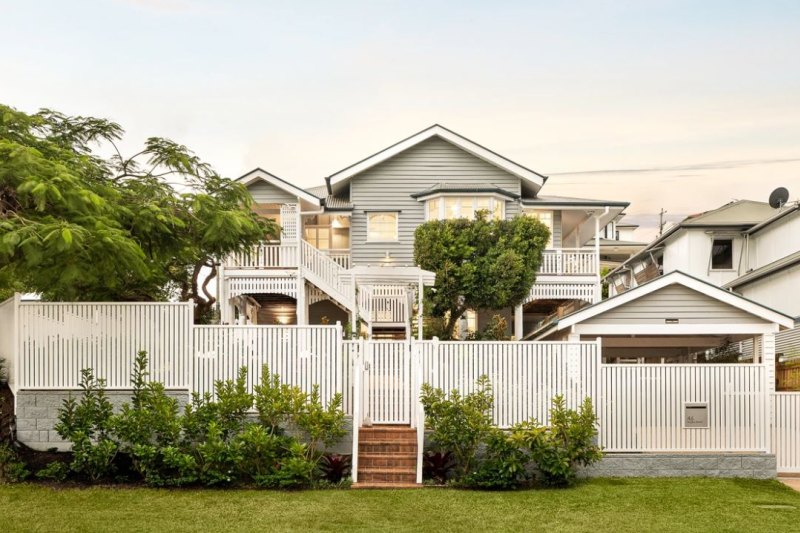Why 2018 was the year of the renter

After years of being treated like second-class citizens, 2018 was the year renters finally got a break.
Sky-high capital-city house prices had locked many out of home ownership and, when combined with a string of elections, something had to give.
Significant tenancy reforms were passed in Victoria and NSW, while a review in Queensland got underway and Western Australia pushed ahead with changes too.
And momentum gathered for a new type of housing known as build-to-rent, where whole apartment towers are owned by superannuation funds or institutions rather than being sold individually to mum-and-dad investors.
Almost one-third of Australians rent their homes, according to the latest Census figures, a proportion that has been rising as property price growth in recent years has outpaced wage increases.
“Often an election year can be very helpful in putting a few key things on the agenda when government knows people are thinking about it,” Victorian Council of Social Service chief executive Emma King said.
“It was a bit of a moment in time and I think everyone took that and made the most of it.”
Victoria’s rental reforms were first announced in late 2017 around the time of a knife-edge state by-election in inner-city Northcote, she said.
The laws — which limit rent increases, strengthen the rights of pet owners and let tenants make minor modifications without a landlord’s consent — passed parliament ahead of the 2018 Victorian election.
One tenant who welcomed the changes was Rebecca Caldwell, who had been renting her apartment in inner-city South Yarra for about one year.
“When I saw that law had changed I thought, ‘I could actually get a cat now’,” she said.

Ms Caldwell, who works as a project manager at a digital marketing company, also collects art. In previous homes she had to jump through hoops to hang paintings, and although her current property manager made the process easy, she was glad to hear of the imminent right to add picture hooks.
Ahead of the next NSW election due in early 2019, the state government has approved legislation to ensure minimum standards for lighting and ventilation, limit rent increases and avoid penalties for domestic violence victims who break a lease.
But the plan was criticised for failing to outlaw no-grounds evictions – the practice of evicting a tenant without reason outside a fixed-term lease.
Leo Patterson Ross, senior policy officer at the Tenants’ Union of NSW, said the laws made tenants’ rights clearer but not necessarily stronger.
“They will provide clarity about what the obligations are, but the question mark remains, will you be able to enforce the standards if you can be evicted,” he said.
“Some of the changes stand on their own. The domestic violence changes will likely have the impact intended.”
In Queensland, a review is underway now. Tenants Queensland is calling for fairer and quicker bond return processes, caps on rental increases and an end to evictions without grounds.
“More people are renting, more people are renting for longer, more people will rent their whole lives,” Tenants Queensland chief executive Penny Carr said.
“When we did these renting laws 20, 30 years ago, it was really a transitional tenure between your family home and your own home.”
Western Australia passed limited reforms to protect tenants who were subject to domestic and family violence.
The changes were “really positive”, but not as extensive as the laws in Victoria or NSW, said rent.com.au chief executive Greg Bader.
In the weaker WA housing market finding a home to rent can be easier.
“A couple of years ago in Sydney and Melbourne, it was increasingly tough to get a rental,” Mr Bader said. “Its profile was raised as it [was] a major issue which prompted legislation to start to follow.”
The upcoming federal election will also bring renters into focus through a debate over tax breaks for property investors.
This year was just the beginning for renters, said Wendy Stone, Associate Professor at Swinburne University of Technology.
“The Victorian tenancy reforms are a very, very good start but they really are just a start,” she said. “For the rental reforms to be effective they really need to be supported by supply of affordable housing.”
We recommend
We thought you might like
States
Capital Cities
Capital Cities - Rentals
Popular Areas
Allhomes
More







